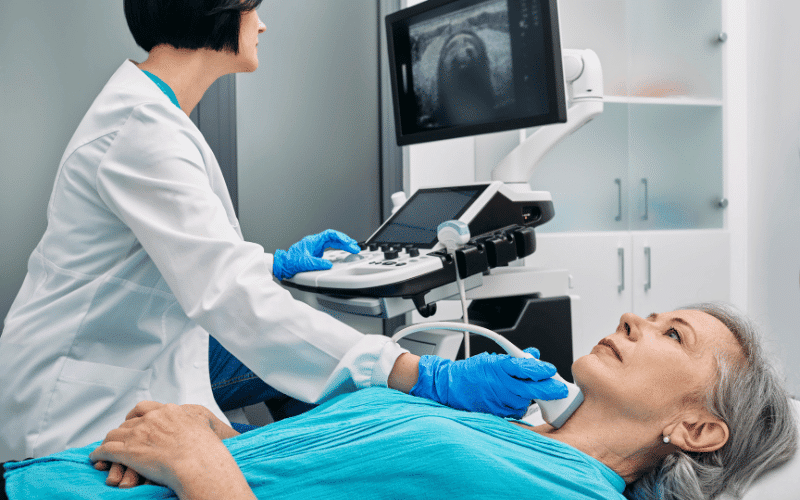5. Evaluating the Situation: Diagnostic Approaches for Thyroid Nodules

Modern medicine offers a wide range of diagnostic tools for thyroid nodules, each with its unique advantages and limitations. One of the most commonly used methods is a physical examination. During this process, a healthcare provider palpates or feels the neck area to detect the presence of nodules. However, this method’s effectiveness is limited by the nodule’s size and location, with smaller nodules often going undetected.
To overcome these limitations, imaging techniques like ultrasound scans are widely used. These tools provide a detailed visualization of the thyroid gland and can effectively detect nodules, even small ones. Additionally, ultrasound scans provide valuable information about the nodule’s characteristics, such as its size, composition, and vascularity, aiding the healthcare provider in determining the need for further investigation.
When an imaging scan detects a suspicious nodule, the next step typically involves a fine-needle aspiration biopsy. During this procedure, a thin needle is inserted into the nodule under ultrasound guidance, and a small sample of cells is extracted for examination under a microscope. This test can help distinguish between benign and cancerous nodules, guiding the treatment plan.
Blood tests are another critical diagnostic tool, used primarily to evaluate the thyroid gland’s hormonal function. When a thyroid nodule produces excess hormones, it might lead to hyperthyroidism. In this case, blood tests can detect elevated thyroid hormone levels, confirming the diagnosis. (5)